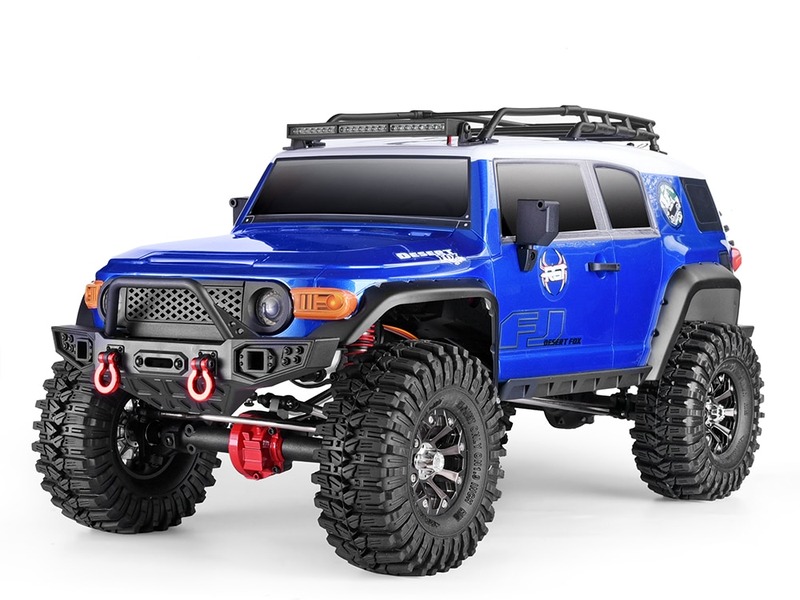Why are RC cars called?

RC cars, or remote control cars, are a type of toy that have been popular for decades. They are typically powered by an electric motor, and are controlled by a handheld radio transmitter.
The term “RC” stands for “remote control”, and is used to describe any device that is operated by a remote control. The term originated in the 1950s, when radio-controlled cars first became popular. At that time, they were known as “radio-controlled” cars, since the radio was the primary means of controlling them.
The term “RC” has since become a catch-all term for any type of remote-controlled device, including cars, planes, helicopters, boats, and drones. RC cars are also sometimes referred to as “remote-controlled” or “radio-controlled” cars, depending on the type of remote control used.
RC cars are usually powered by an electric motor and are controlled by a handheld radio transmitter. The transmitter sends signals to the car, which then responds by moving in the direction indicated by the signal. The transmitter can also be used to control the speed of the car, as well as other features such as lights and sounds.
The popularity of RC cars has grown exponentially over the years. Today, there are a variety of RC cars available, ranging from small, inexpensive models to large, sophisticated models that can reach speeds of up to 100 mph. Many RC cars are designed for racing, and some are even used in professional competitions.
RC cars are a great way to have fun and enjoy the outdoors. They offer an exciting way to explore and experiment with technology, and can provide hours of entertainment for both children and adults alike. They are also relatively inexpensive, making them accessible to people of all ages and budgets.
In short, RC cars are called “remote control” cars because they are controlled by a handheld radio transmitter. The term “RC” has become a catch-all term for any type of remote-controlled device, including cars, planes, helicopters, boats, and drones. They are powered by an electric motor, and can be used for racing, recreation, or just for fun. RC cars are a great way to have fun and explore technology, and can provide hours of entertainment for both children and adults alike.
Comments / Question
2. On-Road RC Cars: These are designed for racing on paved surfaces and are usually equipped with low-profile tires and aerodynamic bodies.
3. Drift RC Cars: These are designed for drifting and are usually equipped with wide tires and low-profile bodies.
4. Rock Crawler RC Cars: These are designed for climbing over rocks and other obstacles and are usually equipped with large tires and suspension systems.
5. Short Course RC Cars: These are designed for racing on short courses and are usually equipped with wide tires and aerodynamic bodies.
6. Monster Trucks: These are designed for off-road racing and are usually equipped with large tires and suspension systems.
7. Touring RC Cars: These are designed for racing on paved surfaces and are usually equipped with low-profile tires and aerodynamic bodies.
2. Maintenance: RC cars require much less maintenance than traditional cars, as they don't require oil changes, tune-ups, or other regular maintenance.
3. Speed: RC cars can often reach speeds greater than traditional cars, making them great for racing and other competitions.
4. Tuning: RC cars can be easily modified and tuned to suit a driver's needs and preferences, allowing for a truly custom driving experience.
5. Maneuverability: RC cars are much more maneuverable than regular cars, allowing for tight turns and quick reactions when necessary.

